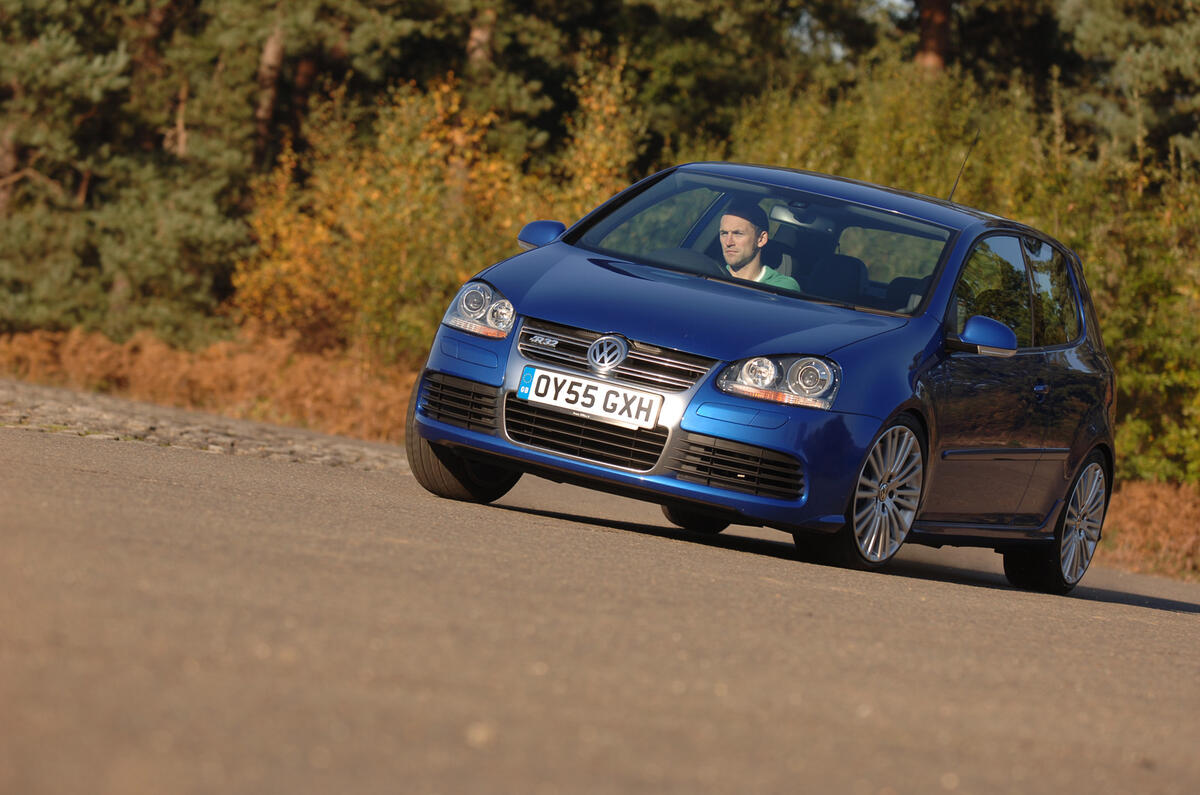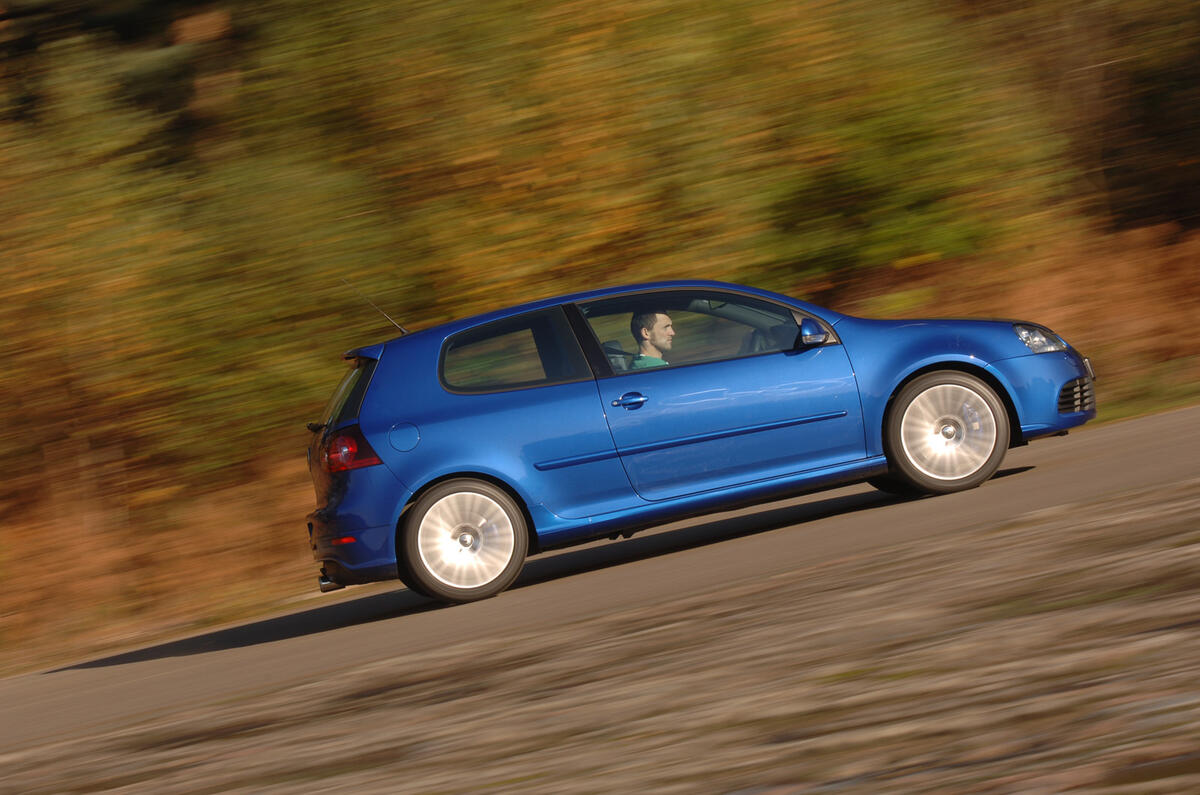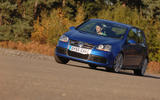Does the Volkswagen Golf’s serial appeal rule it out of being considered a ‘cult hero’?
Not in the case of the Mk5 Golf R32, a car that blazed the trail for today’s Golf R with its GTI-trumping performance, a chassis you can trust implicitly and the sure-footed confidence of four-wheel drive. Throw in a 3.2-litre V6 engine and the model’s appealing balance of scarcity and availability – there are just under 2500 Mk5 R32s on UK roads, according to howmanyleft.com – and it has ‘cult hero’ written all over it.
The Mk5 R32 arrived in 2005 as an alternative for drivers who thought the firm’s popular GTI was just a little bit too sensible, but questions were immediately asked about whether it could justify its £4000 premium over Volkswagen’s stalwart performance offering. It was the second Golf to brandish the R32 badge – the Mk4 Golf was the first – and it was a significantly improved package.
Its 3.2-litre V6 petrol engine produced 247bhp and 236lb ft of torque – a hefty increase over the 197bhp and 206lb ft of the contemporary Golf GTI. It also had two driven axles to the GTI’s one and its four-wheel drive came courtesy of Volkswagen’s Haldex 4Motion system. Drivers had the choice of a six-speed manual or a dual-clutch automatic (DSG) gearbox. Unlike in modern dual-clutch set-ups, the manual was the quicker of the two. It gave a 0-62mph time of 6.2sec, which rose to a still-pretty-brisk 6.5sec for the DSG.

The R32 isn’t just about straight-line speed, though. Volkswagen also improved the dynamic recipe of the previous-generation car. Stiffer dampers and springs were joined by larger anti-roll bars, providing strong grip and excellent body control. The model also sat 20mm lower than the standard Mk5 Golf.




















Join the debate
Add your comment
The V6 did sound special on these but you can see why they went to a tuned version of the E888? 2.0 engine, personally I've always preferred the GTi, plentiful performance and a more nimble lighter car, but I can certainly see why the R32 and later Rs are coveted.